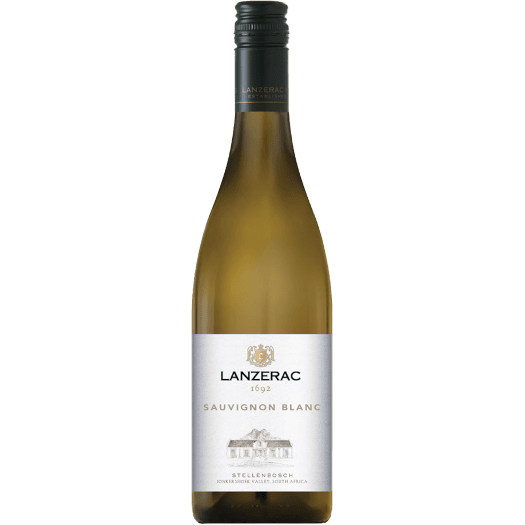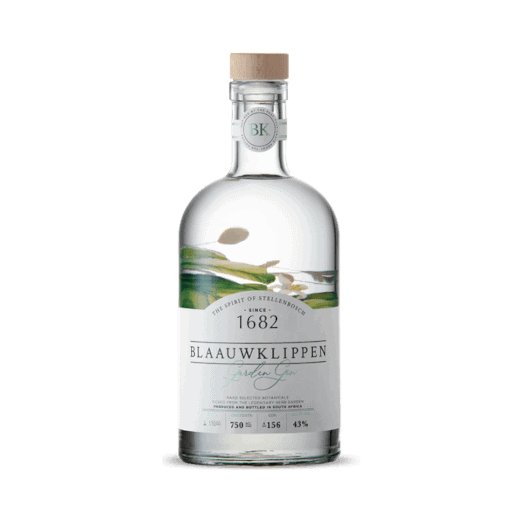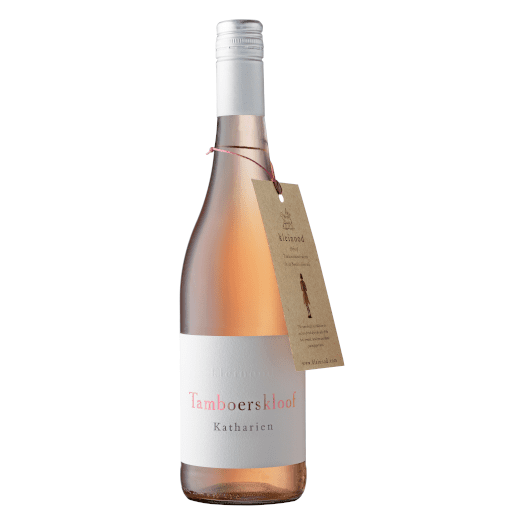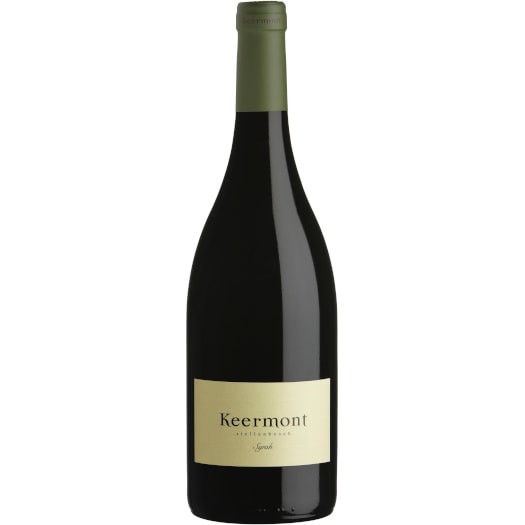Stellenbosch Berg
The Stellenbosch Berg sub-route is the southerly neighbour of Greater Simonsberg. The mountain it refers to is 1 156m in height and is often dusted with snow during winter. This majestic mountain and its adjoining peaks play a significant role in wine production because of their influence on climate as well as soils. These peaks have degraded over several millennia, providing the vineyards with the remnants of Table Mountain sandstone and granite, as well as alluvial soils from streams and rivers.
The source of the prominent Blaauwklippen River is near the peak of the Stellenbosch Berg. Another important river is the Eerste River, a 40km watercourse that runs through the Helderberg to emerge at False Bay. The sub-route incorporates part of the Jonkershoek Nature Reserve and the Assegaaibosch Nature Reserve – important reserves for local fauna and flora.
Wine grapes have been planted in the Stellenbosch Berg area since the 17th century. Today, many of the wineries here associate themselves with the concept of the ‘Golden Triangle’, so-called for the number of award-winning wines this area has produced.
Wineries in the Stellenbosch Berg sub-route include:
Off the R44: Kleine Zalze, Blaauwklippen
Paradyskloof area: Vriesenhof
Along Blaauwklippen Road: Dornier, Kleinood, Keermont, Stellenzicht, Waterford
Towards the lush forest area of Jonkershoek: Lanzerac, Stark-Condé.
All our wines are sold at cellar door prices - the same prices you'd pay on the farm.
Food Pairing Types
Type of Cultivars
Type of Wines
Wineries
Product categories











